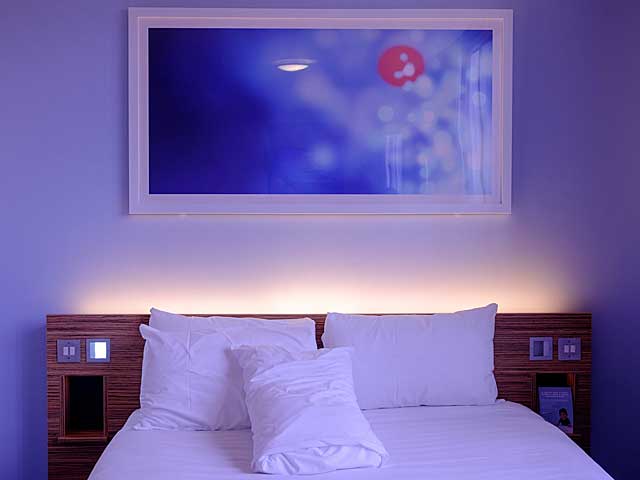Resources
Attribution is incredibly important for marketing campaigns, as they help measure your conversions correctly so that you can make improvements to your business. Managing your attribution can be incredibly daunting and often hotels go for a last-click attribution model, as it is the easiest, simplest option but can be harmful to your overall strategy and revenue in the long-term. Other models may take longer to get right but the effort will be worth it to get a better picture of where your marketing budget should be directed. You might be attributing conversions to paid search, social, direct, referral, organic, content, and email. It is important to understand the effect of each to figure how to break down your marketing budget.

Last-Click Attribution for Hotels
Last-click attribution gives all of the credit for a conversion to the last touchpoint of a customer. If your hotel isn’t seeing the return on marketing investment it should be, this attribution model could be the reason why. This is an issue, mostly seen in the hotel business because there are so many touchpoints in a potential customer’s booking journey that influence their decision. Some touchpoints a guest could come in contact with before they book your business include hotel display ad, Google location ad, Google brand name ad, TripAdvisor page, OTA profile, hotel blog, hotel email newsletter, local guides, and social media ads. Any of these touchpoints could have a major bearing on a guest making a booking. It’s impossible to know how much impact the last-click source actually had on a customer’s decision, but it doesn’t make sense to give that channel all the credit. Every step in the path to purchase is significant and your hotel needs to be looking at the big picture at all times.
Alternative Attributions
Linear Attribution
Linear attribution means that every touchpoint gets equal credit for the reservation. This is useful for long sales cycles, such as the traveler journey, where a customer might stay in contact with multiple channels throughout the path-to-purchase.
Time Delay Attribution
Time delay attribution means that touchpoints are interacted with closer to the reservation date get more of the credit. This means if there were four touchpoints, the last two would get the lion’s share of measured results.
Position-Based Attribution
Position-based attribution recognizes both the first and the last touchpoint as being important channels that lead to a booking. Both of these get equal credit with the remainder divided amongst the channels between them.
Data-Driven Attribution
This model digs deeper and gives credit based on the steps taken to find and book with you. It uses data from your own account to determine which ads, keywords, and campaigns have the greatest impact on conversions.
Web Connection Asia specializes in digital media solutions for hotels, get in touch today to see
how we can help.